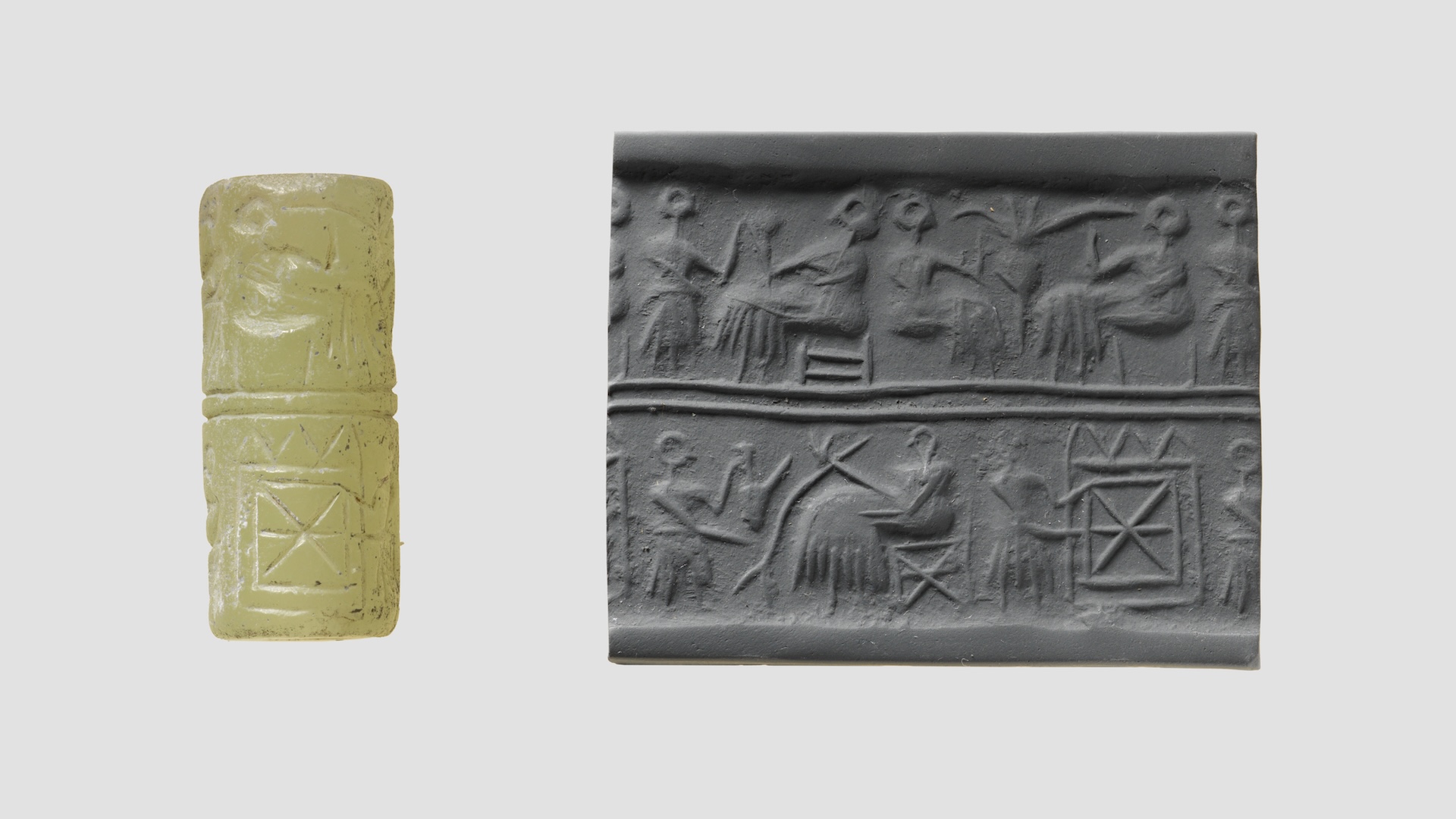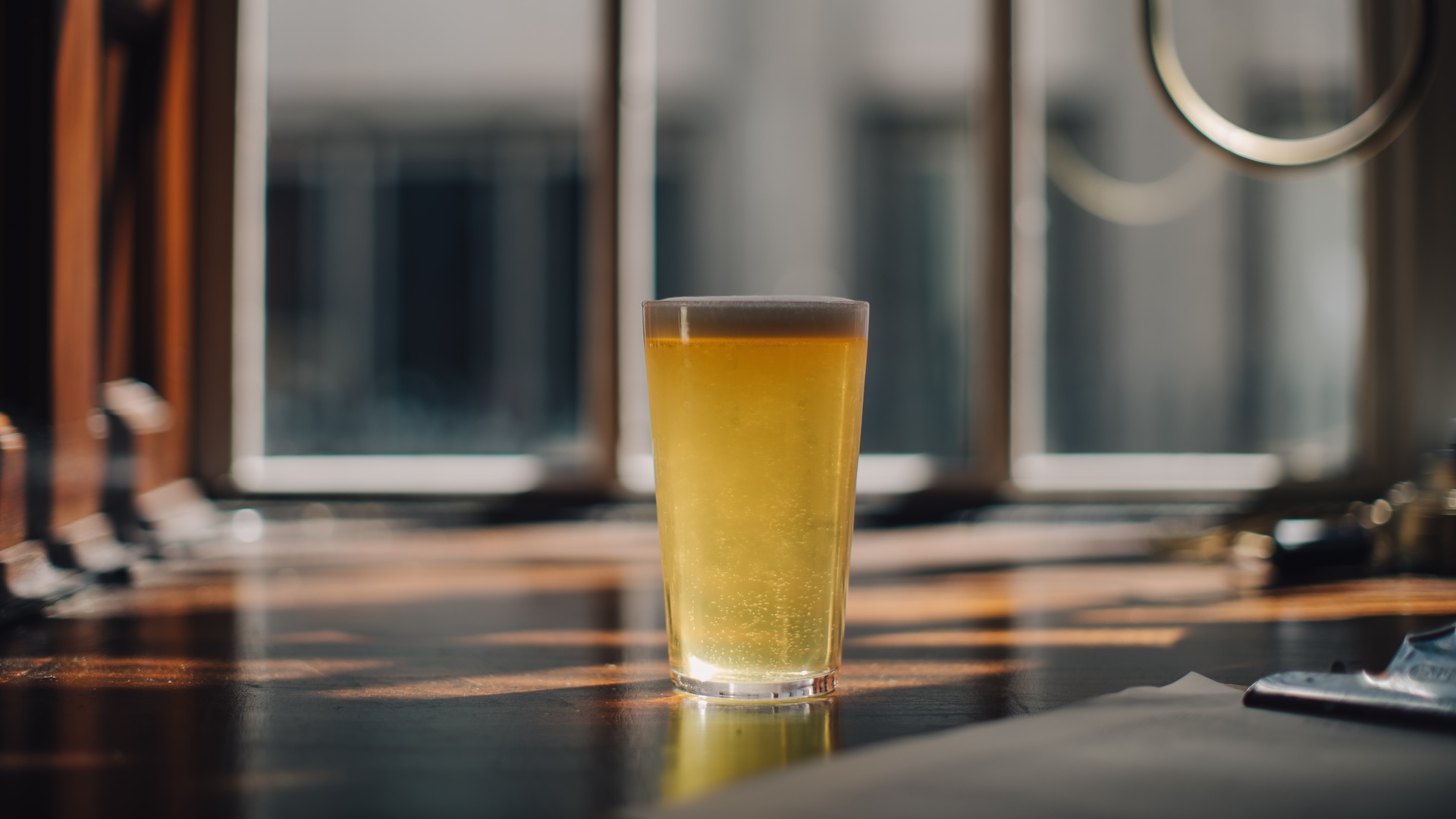Beer is one of the most popular beverages in the world, with nearly every country having its own local lager. In the U.S. alone, the overall beer market in 2023 totaled $116.9 billion, and breweries shipped out 192 million barrels of beer.
But the ice-cold, bubbly beverage we know today didn’t always exist. So when was beer invented?
The answer traces back thousands of years. But there’s still some mystery surrounding the exact origins of beer, and the beer of ancient times probably didn’t taste anything like what you’re used to today.
“We don’t actually know exactly how [beer] was discovered,” Tate Paulette, an associate professor of history at North Carolina State University, told Live Science. “Partly because of the kind of evidence we have, it’s unlikely that we’re going to get that kind of answer.”
Because humans discovered fermentation so long ago, it’s difficult to find evidence of exactly where beer-making began, Paulette explained. Much of the evidence comes from organic-residue analysis, he said.
Using this technique, archaeologists can identify the chemical signatures of grain fermentation on ancient ceramic or stone vessels. Researchers have found strong evidence of beer brewing as far back as the Neolithic period (10,000 to 4,000 years ago), when agriculture took root, in sites all around the world.
The oldest beer
Kirk French, an assistant professor of anthropology at Penn State, pointed to 9,000-year-old sites in China as the best evidence for ancient beer brewing. At the Qiaotou archaeological site in southeastern China, archaeologists found residues of plants, yeast and mold on ancient pots near human skeletons, suggesting that they once contained a beer-like fermented beverage. Analyses suggest that the beverage those pots contained also included rice, tubers and fungi.
Another site in China from the same time period, Jiahu, also contains bronze vessels with chemical signatures of grain fermentation, as well as residues of rice, honey and fruit.
French said the Jiahu site contains the most foolproof evidence of ancient beer because the chemical residues were found in drinking vessels. There are even older potential instances of beer brewing, but the evidence isn’t as strong. That’s because analyses of the older sites rely on residues found on cookware, which also could have been used to make bread or porridge; both foods involve a small amount of fermentation and can leave the same chemical signatures as beer brewing.
Related: Why is alcohol used to preserve things?
One of these older sites is an 11,000-year-old cultic feasting location in Turkey. At the site, named Göbekli Tepe, researchers found large stone kilns with residues of ground grain. Although these kilns also could have been used to grind grain for bread, one of the researchers argues that the finish on the stone suggests the grain was ground coarsely, in a manner more appropriate for fermenting beer or making porridge than for baking bread.
Some archaeologists have proposed that beer dates back even earlier, to a 13,000-year-old cave near Haifa, Israel. There, researchers found starch granules in pits taken out of the bedrock that could indicate fermentation. But again, it’s possible these stone pits were used for making food rather than drinks.
“It’s totally possible (and maybe even likely) that they were making beer,” French told Live Science in an email. But ultimately, he said the evidence is too ambiguous to make a conclusion.
Paulette said we likely will never know the exact date that humans brewed their first batch of beer, though emerging evidence continues to push the potential date back further and further. Both experts agreed it’s unlikely that beer was “invented” in one place and spread from there; rather, fermentation was probably independently discovered by different groups of people throughout the world.
What did ancient beer taste like?
Though it’s still a mystery exactly when and where the first beer was made, one thing is clear: Ancient beer would have tasted quite different from a modern lager.
For one, it would have been sour — a flavor resulting from both yeast and lactic acid bacteria fermenting the grain, Paulette said. It also may have been thick and unfiltered. That’s because the process of ancient beer brewing began with a mixture of ground grain and water, and the remaining sediment wasn’t always filtered out after fermentation. Paulette said there is some written evidence of “strained” beer in Mesopotamia. But more often than not, imagery and artifacts from the period show that people drank beer through straws with filter tips, suggesting that the beer itself was unfiltered.

In ancient times, beer was also likely drunk shortly after it fermented; otherwise, it could quickly go bad and develop harmful mold or bacteria. Because of this, ancient beer was likely relatively flat and not particularly high in alcohol, unlike our bubbly, boozy IPAs. And without refrigeration technologies, beer was definitely not ice-cold.
French said the beers we know and love today are only about 500 years old.
“They really start in the 1500s, with the Czech beers and German beers,” he explained. This is when lagering — the process of cold-fermenting beers that creates a clear, crisp and bubbly beverage — was developed. As Germans migrated around the world in the coming centuries, they brought this brewing technique with them.
“That’s why, if you’ve traveled a lot, it doesn’t matter where you go in the world — you can find your basic lager,” French said.
